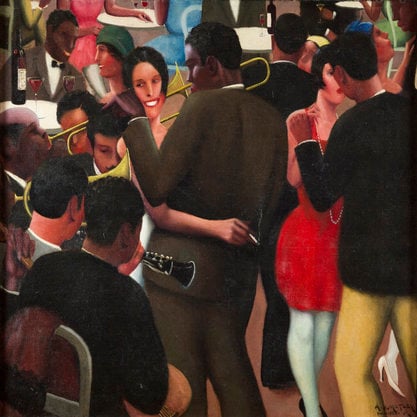Article
Papineau-Couture, Jean (1916–2000) By Bazin, Paul
Article
Grandson to Quebec’s art music scene pioneer Guillaume Couture (1851–1915), composer Jean Papineau-Couture (1916–2000) played a major role in the development of the province’s musical life throughout the century. A composer, pianist, pedagogue, and administrator, Papineau-Couture’s contributions range from his involvement with the foundation of the Canadian League of composers (Toronto, 1951) to the fulfilment of his academic function as Dean of the music faculty at Université de Montreal (1968–1973). He also participated in the creation of both the Society for Canadian Music (Montreal, 1954) and the Montreal bureau of the Canadian Music Centre (1973)—the former being a music society dedicated to the performance of Canadian music, the latter one of today’s most active institutions in the dissemination of Canadian art music—and acted as an administrator of the Société de musique contemporaine du Quebec, founded in 1966 and for which he served as president starting that very first year up to 1972. His teaching of music is stringed across these many accomplishments.
The catalogue of Jean Papineau-Couture includes many stylistically diverse works. His music evolved throughout his life, moving from a form of neoclassicism most probably influenced by the composer’s many encounters with Igor Stravinsky—some by way of Nadia Boulanger, whom he studied with, along with Quincy Porter, at the Longy School of Music in Cambridge, Massachusetts—to an atonal idiom. Papineau-Couture composed many concertante-style works, as demonstrated in his Clair-obscure (1986), a double concerto for contrabassoon, double bass, and orchestra. The composer also wrote many pieces of chamber music, most often for soloist and piano accompaniment (Caprices, 1962; Discussion animée, 1997), as well as a substantial number of orchestral works.

